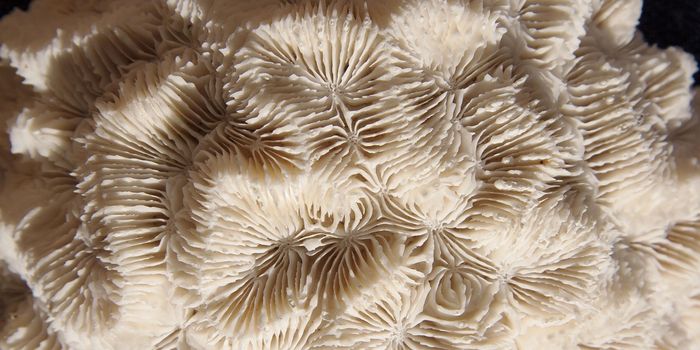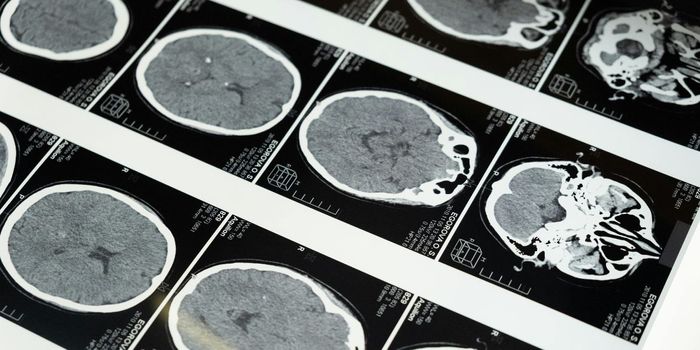Very often people are described as being creative or logical. Clearly, there is a range of skill sets in between those two descriptors, but research from Harvard University is looking at whether or not the brain of a "creative" is different than that of someone who is more objective and logical. Does the brain work differently when coming up with creative ideas than it does doing other tasks?

In many studies of cognitive ability and brain processing, the best way to see what's going on is a functional MRI scan (fMRI) These scans don't just show the size and structure of the brain, they show electrical activity in different parts of the brain, as it happens. Participants are asked to complete a cognitive puzzle or mental test while undergoing an MRI scan that is capturing the neural activity used in the task. In the study at Harvard, subjects were asked to come up with out of the ordinary uses for everyday objects that can be found almost anywhere. The ideas were then rated by others based on how creative or inventive the concept was. When the scans were analyzed, there was a correlation between a specific pattern of brain activity and how highly creative the ideas were rated. The suggestions that were deemed the most creative were offered by study participants who all had similar patterns in the neural networks.
Roger Beaty, a Post-Doctoral Fellow in Psychology at Harvard and the first author of the study explained, "What this shows is that the creative brain is wired differently. People who are more creative can simultaneously engage brain networks that don't typically work together. We also used predictive modeling to show we could predict, with some degree of accuracy, how creative people's ideas were (based on brain scans) that had already been published."
The evidence in the study focused on three subnetworks in the brain that are involved in creativity. They are the default mode network, the salience network, and the executive control network. While the entire brain is involved in creativity, these three areas have specific roles. The default mode handles memory and stimulation, so this area is active in activities like brainstorming and quick thinking. The salience network is a hub of input from other regions of the brain and works to sort out which ideas can work and which can be disregarded. Finally, the executive control network keeps us focused and on task.
A long-held belief about neuroscience that this research shows is outdated is the concept of different sides of the brain being responsible for creativity and logic. Beaty summed it up, saying, "One thing I hope this study does is to dispel the myth of left versus right brain in creative thinking. This is a whole-brain endeavor." Take a look at the video below to learn more about how creativity is about different parts of the brain working together.









